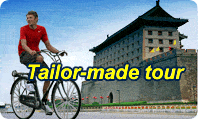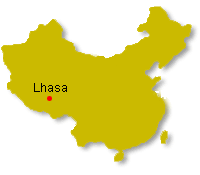Day 01 Arrive in Lhasa
Arrive at Lhasa airport, meet your guide and driver, and then transfer to Lhasa city. On the way, you can enjoy the heart-beating highland view along the Yearlong Tsangpo river (the longest river in Tibet with highest elevation in the world).After check in hotel, the rest time is free for relax and Acclimatize to the High Altitude.
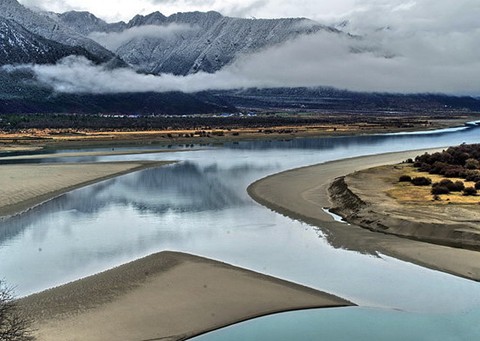 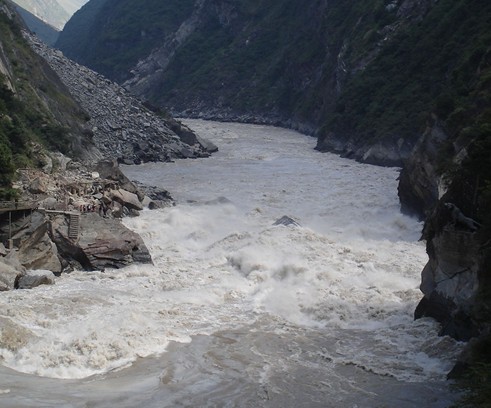
Day 02 Lhasa city tour ( B )
Today’s highlights are Potala Palace. This ancient architectural complex is considered a model of Tibetan architecture. Located on the Red Hill in Lhasa. The stone-and-wood-structured Potala Palace consists of the White Palace and Red Palace. The White Palace, comprising halls, temples and courtyards, serves as the living quarters of the Dalai Lama. The Red Palace includes various chambers for worshipping Buddha and chambers housing the eight stupa that contain the remains of fifth through thirteenth Dalai Lama. All the stupas are covered with gold foil. The most magnificent stupa belongs to the fifth Dalai Lama. It is 14.85 meters tall and inlaid with pearl and jade. The palace also collected a large number of sculptures, murals, scripture and other valuable cultural relics.
Sera Monastery: it is at the foot of Tatipu Hill, located in the northern suburb of Lhasa City. It is one of three famous monasteries in Lhasa along with the Drepung Monastery and the Ganden Monastery. The Gelugpa or Yellow Hat Sect of Tibetan Buddhism studies Buddhist doctrines using a step-by-step process. As a part of their study, lamas must participate in debates to further their comprehension and proceed to more advanced levels of study. The debating traditions in the Sera Monastery are unique among the three famous monasteries in Lhasa. Debates are conducted by the lamas in the monastery every day beginning at 3.a.m. In a battle of words, they supplement their efforts by using a variety of gestures including clapping their hands, pushing their partners for an answer, or plucking their prayer beads to win the virtue of the Buddha. For a clear view of this unique event, an early arrival is recommended.
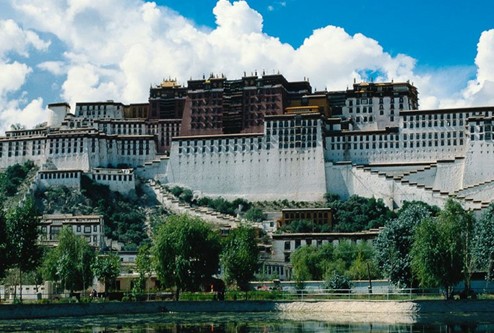 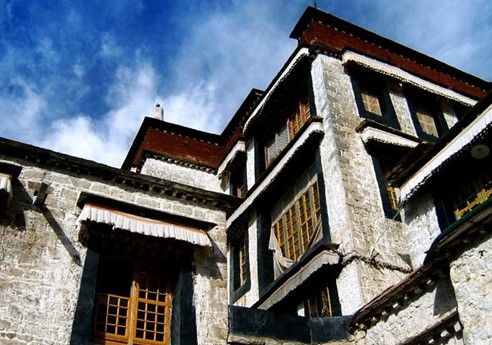
Day 03 Lhasa city tour (B )
Drak Yerpa is a place that has deep meanings in the Tibetan spiritual culture. There is a saying goes like this: "Lhasa is the shrine of Tibet, Drak Yerpa is the shrine of Lhasa. Not seeing Drak Yerpa in Lhasa is just like making a dress without the collar." The entrance to the Yerpa Valley is about 16 km northeast of Lhasa on the northern bank of the Kyichu River. From there, it is another 10 km to the famous ancient meditation caves.
Jokhang Temple: one of the spiritual center of Tibet,It lies at the center of the old Lhasa, Everyday pilgrims from every corner of Tibet trek a long distance to the temple, Some of them even progress prostrate by body length to the threshold of the temple.The temple keeps many invaluable cultural relics. The most famous and valuable one is the Sakyamuni statue aged 12, which is devout Tibetans by thousands of pilgrims day and night. After then, stroll around the around the temple is the Barkhor Street, the oldest street in a very traditional city in Tibet.
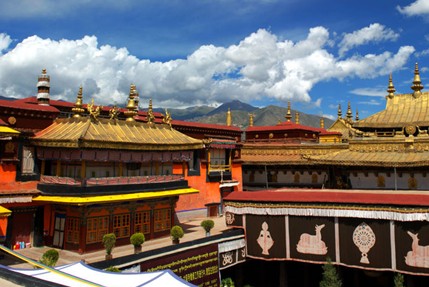 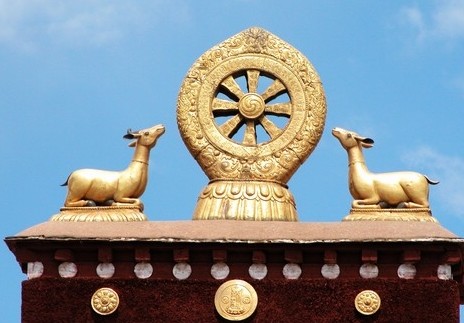
Day04 Lhasa-Namtso Lake-Yangbajing hot spring (optional)-Lhasa: ( B )
Visit Namtso lake, which is one of three most sacred lakes in Tibet, and it is about 500kms far from Lhasa and return. overlook the snow covered mountain.
Yangbajing Hot Spring is for your optional choice.
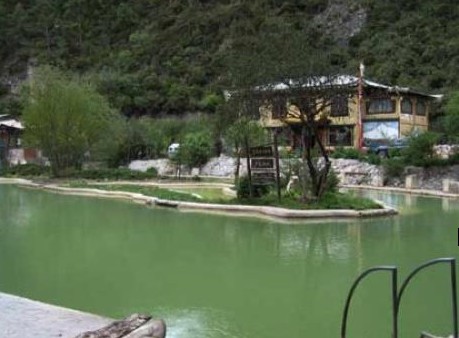 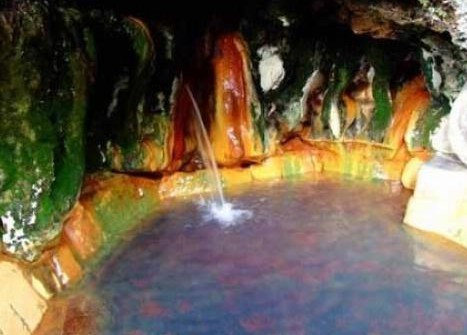
Day 05 Leave Lhasa ( B )
After your breakfast, drive to the airport for your next destination.
|
